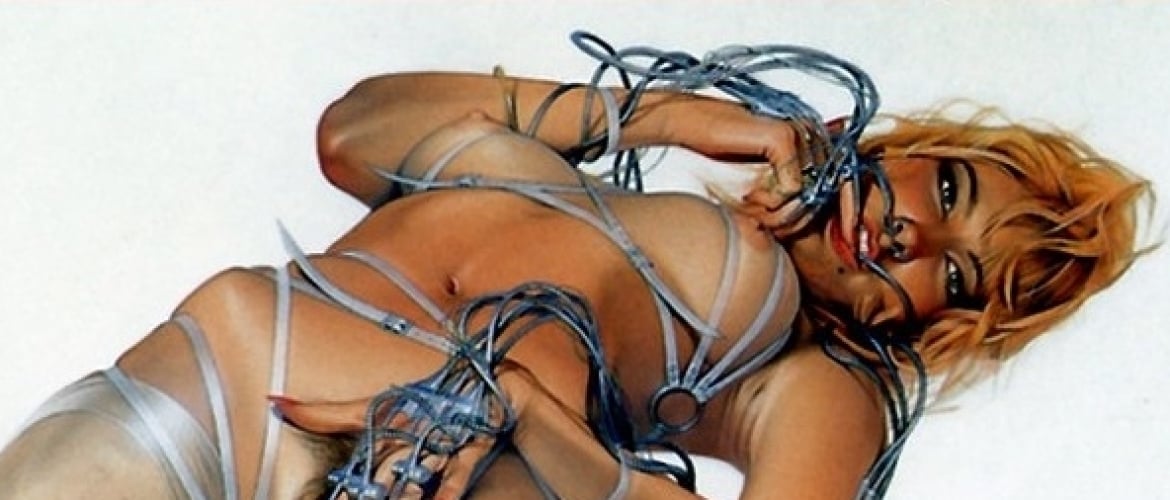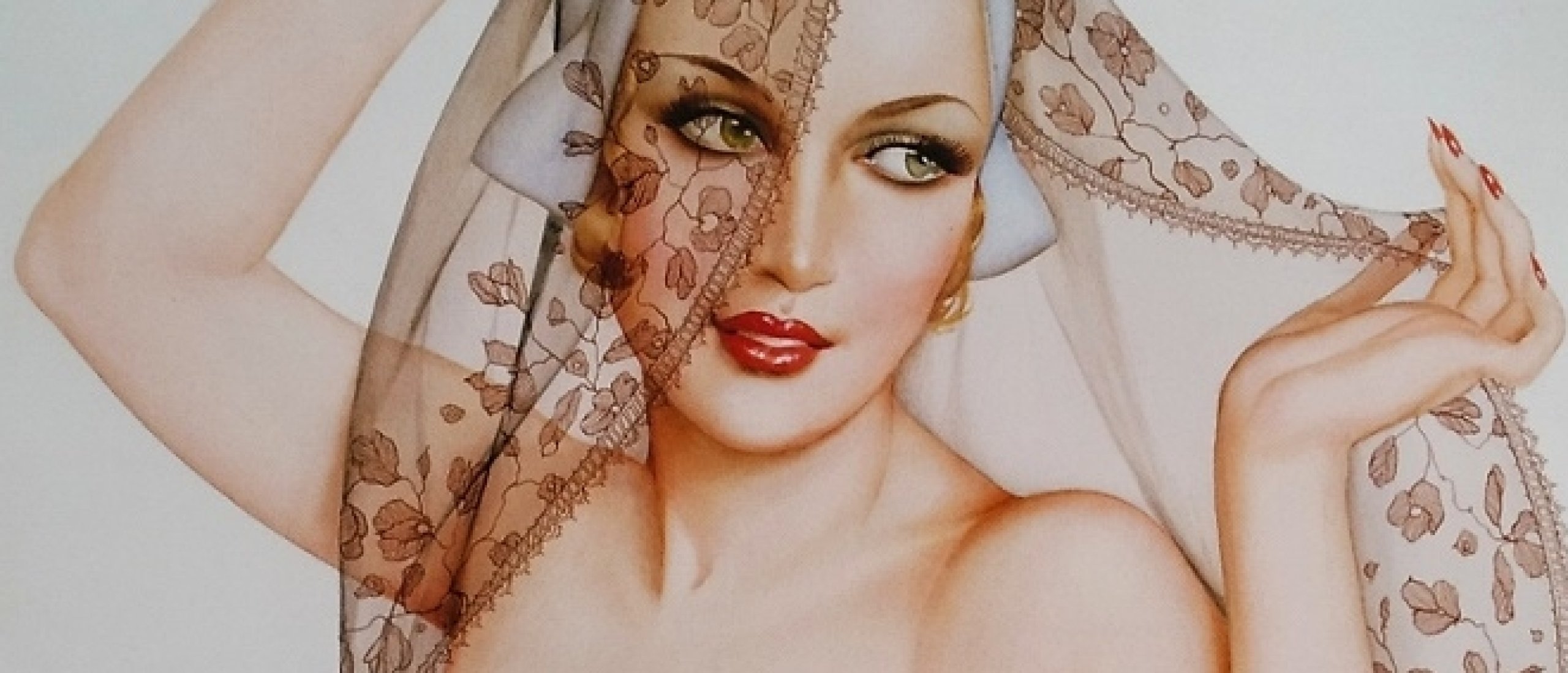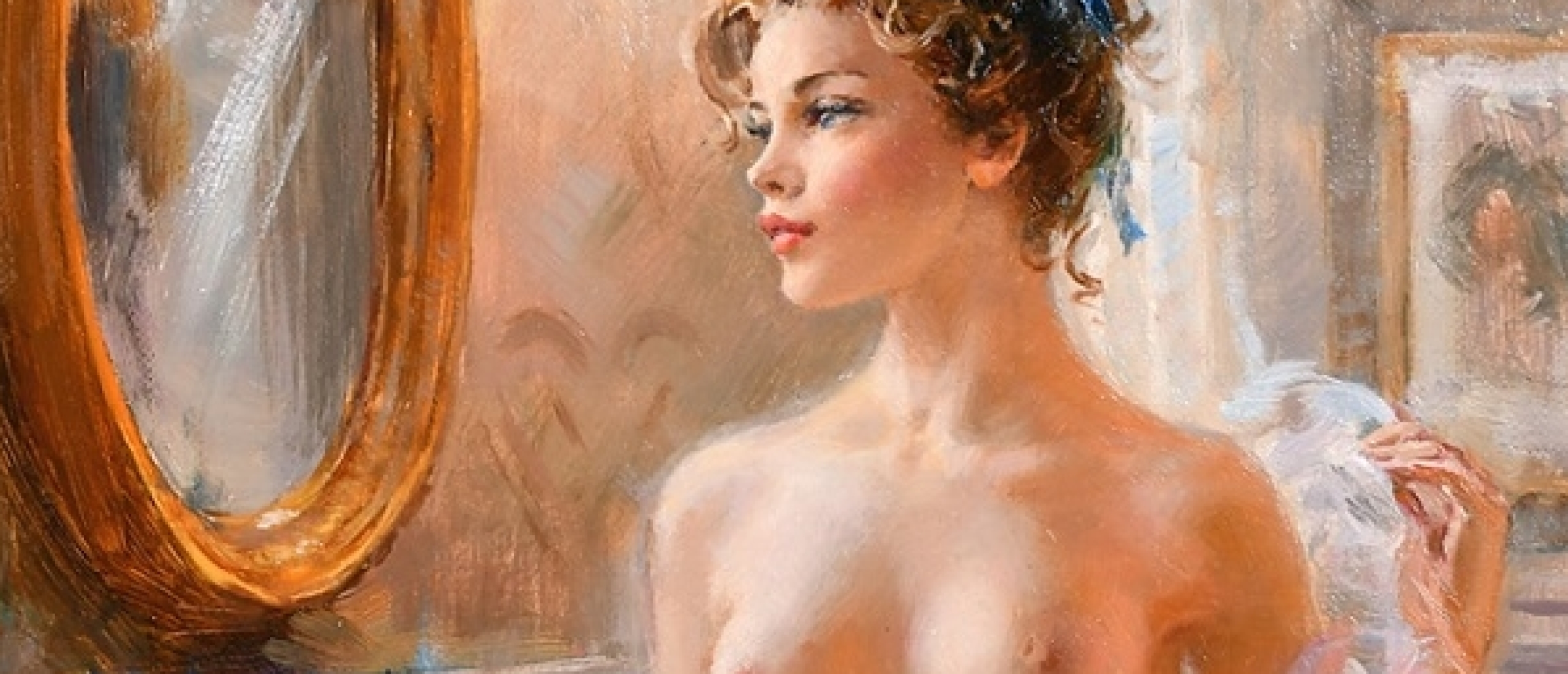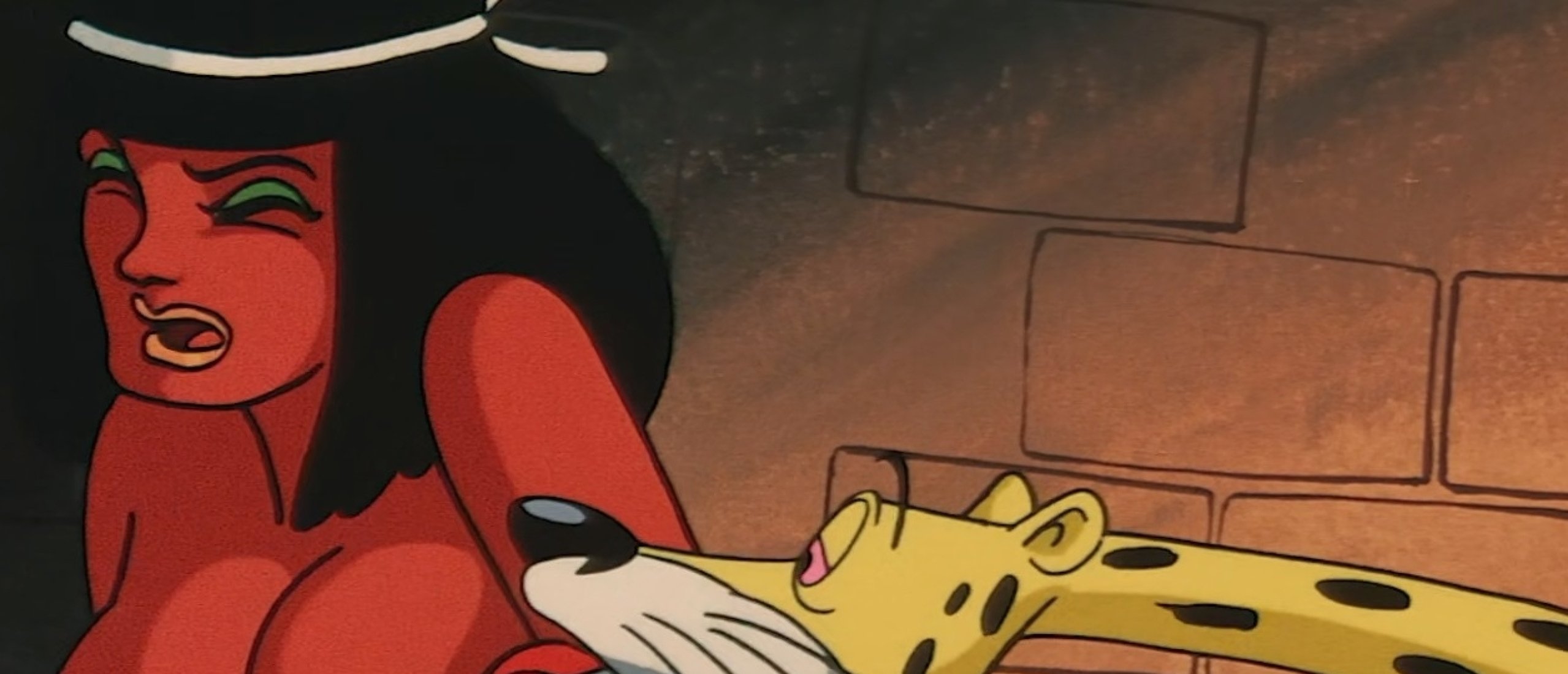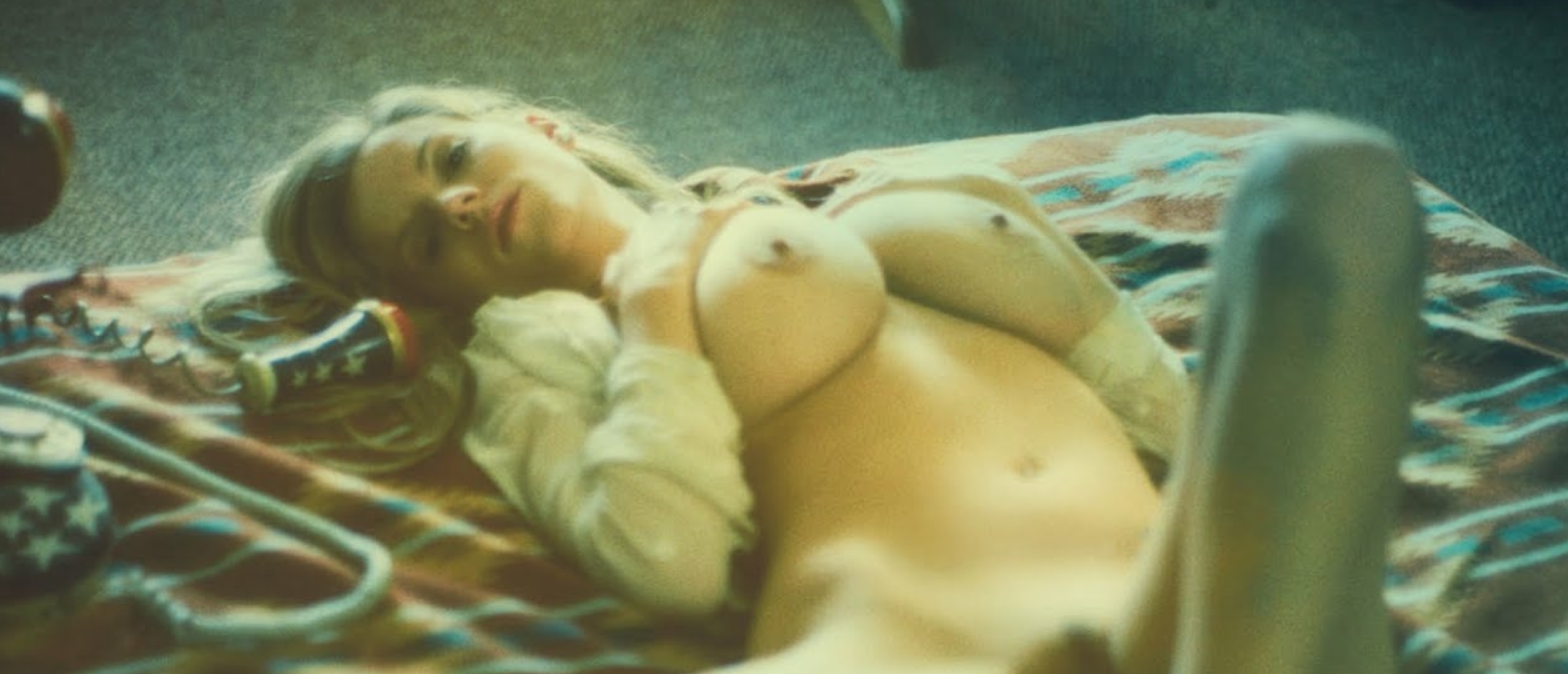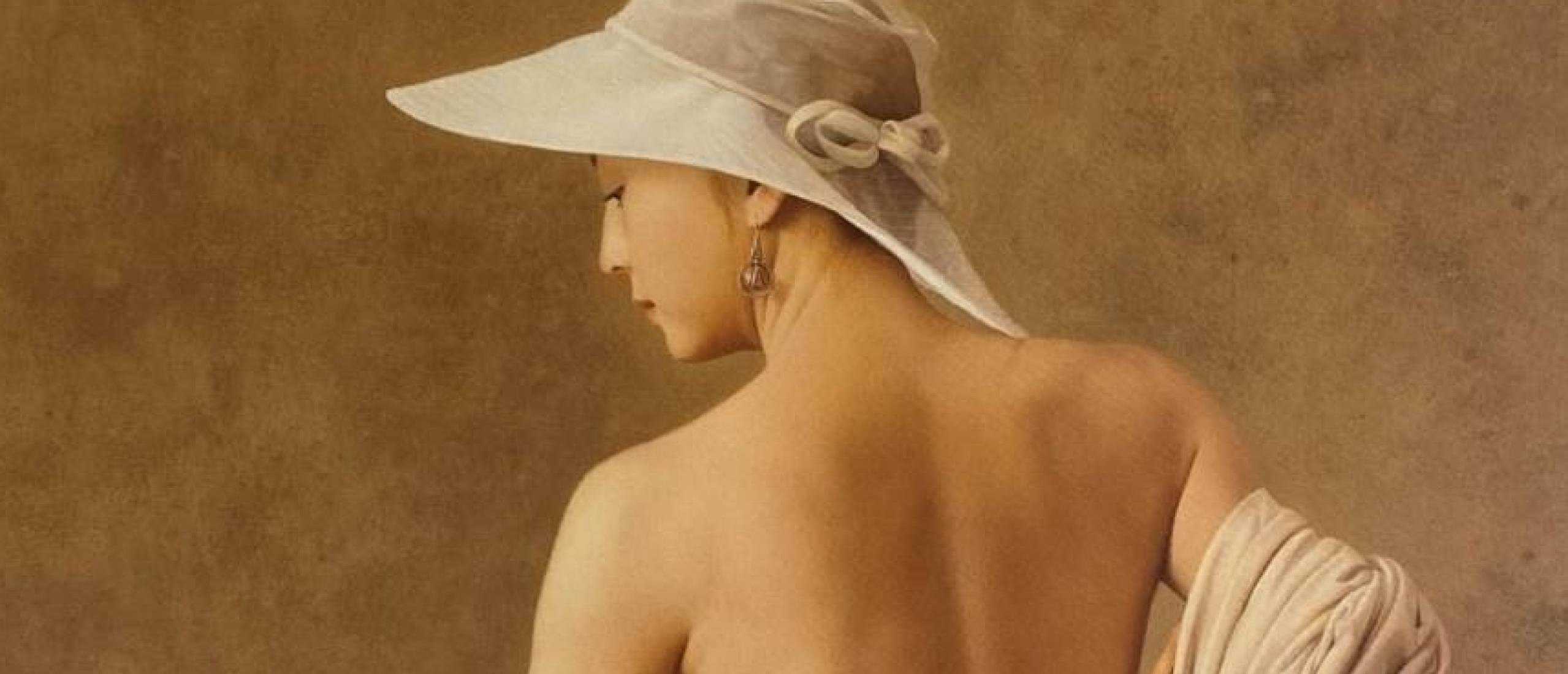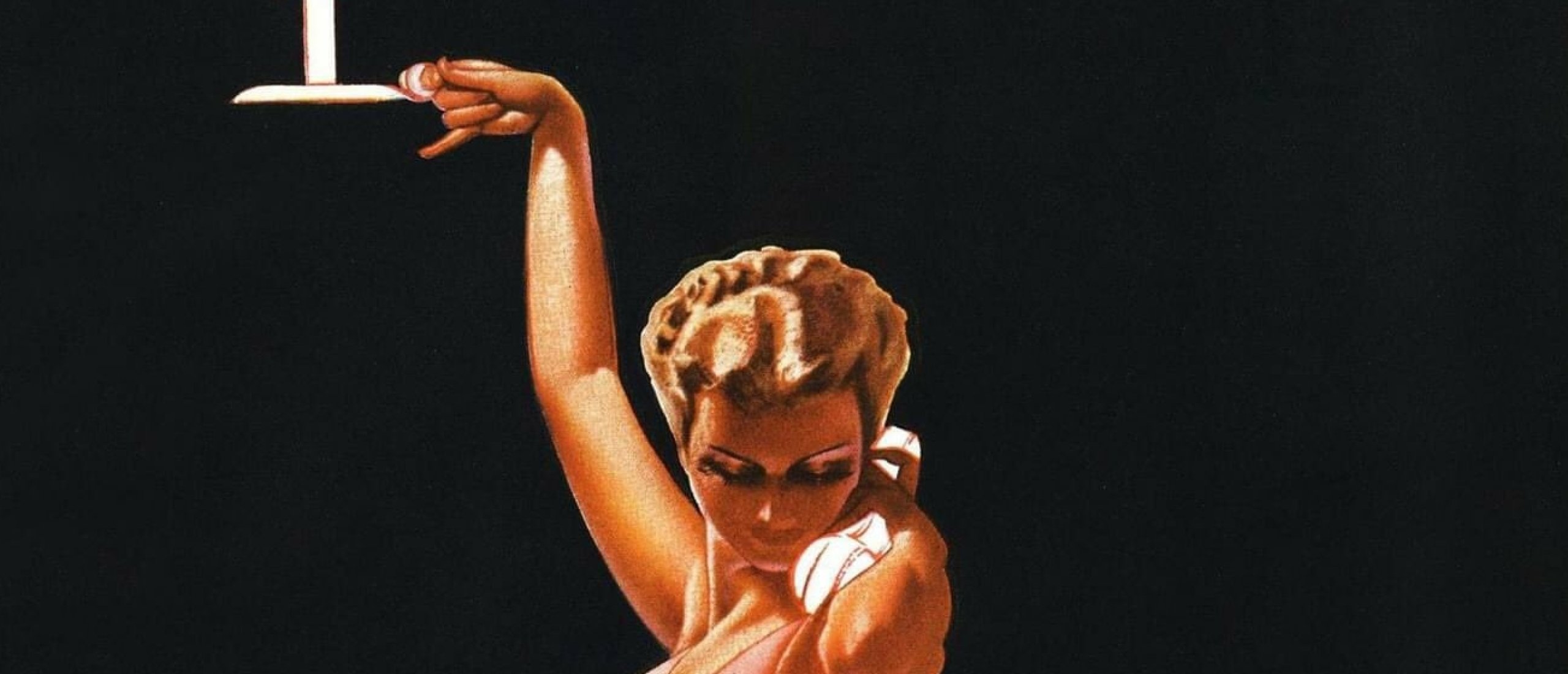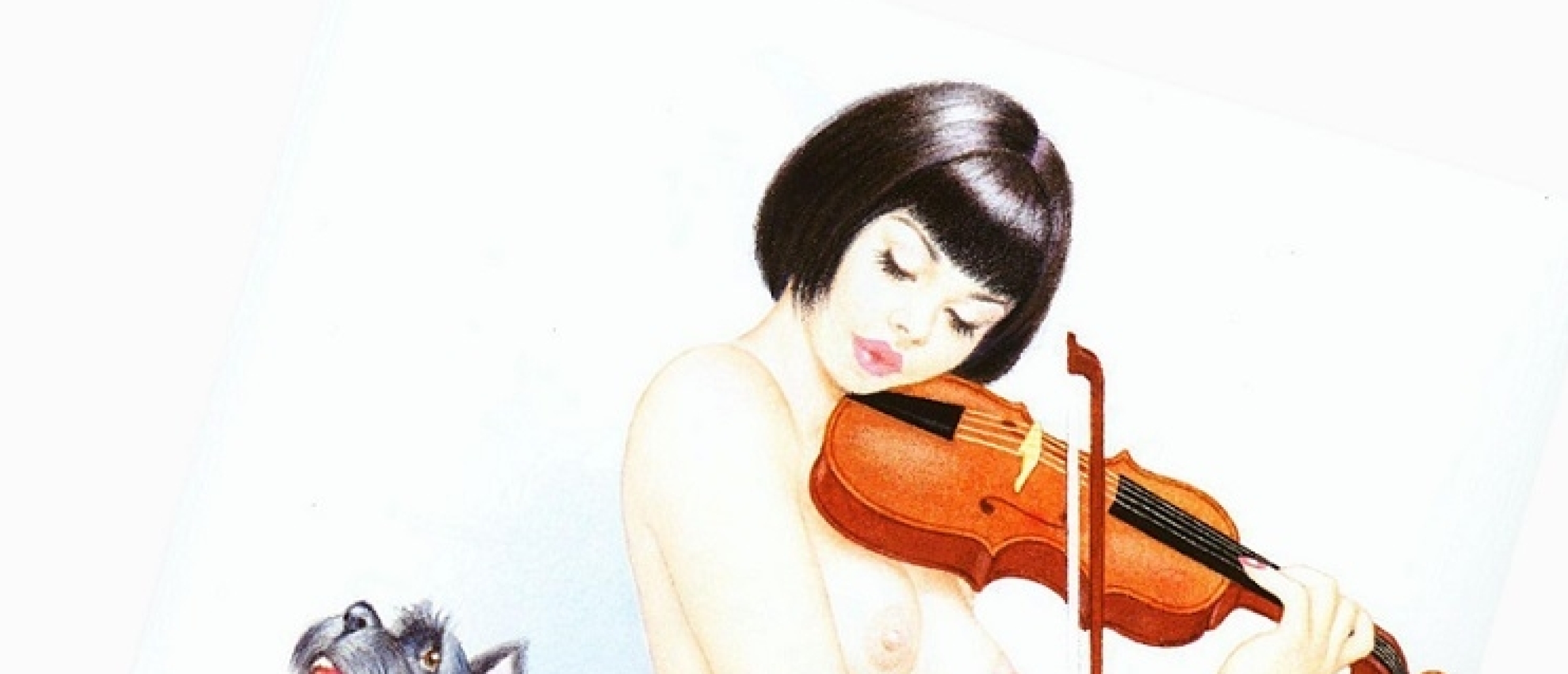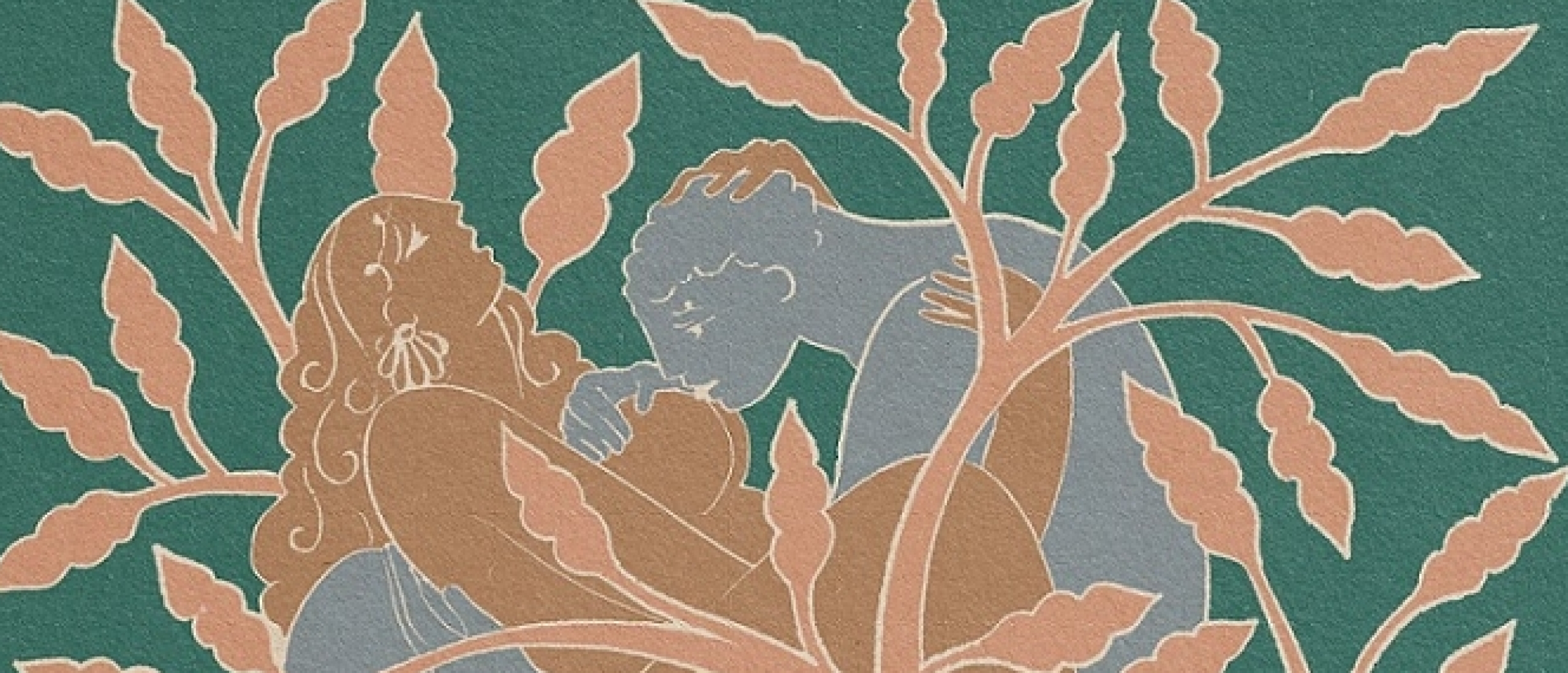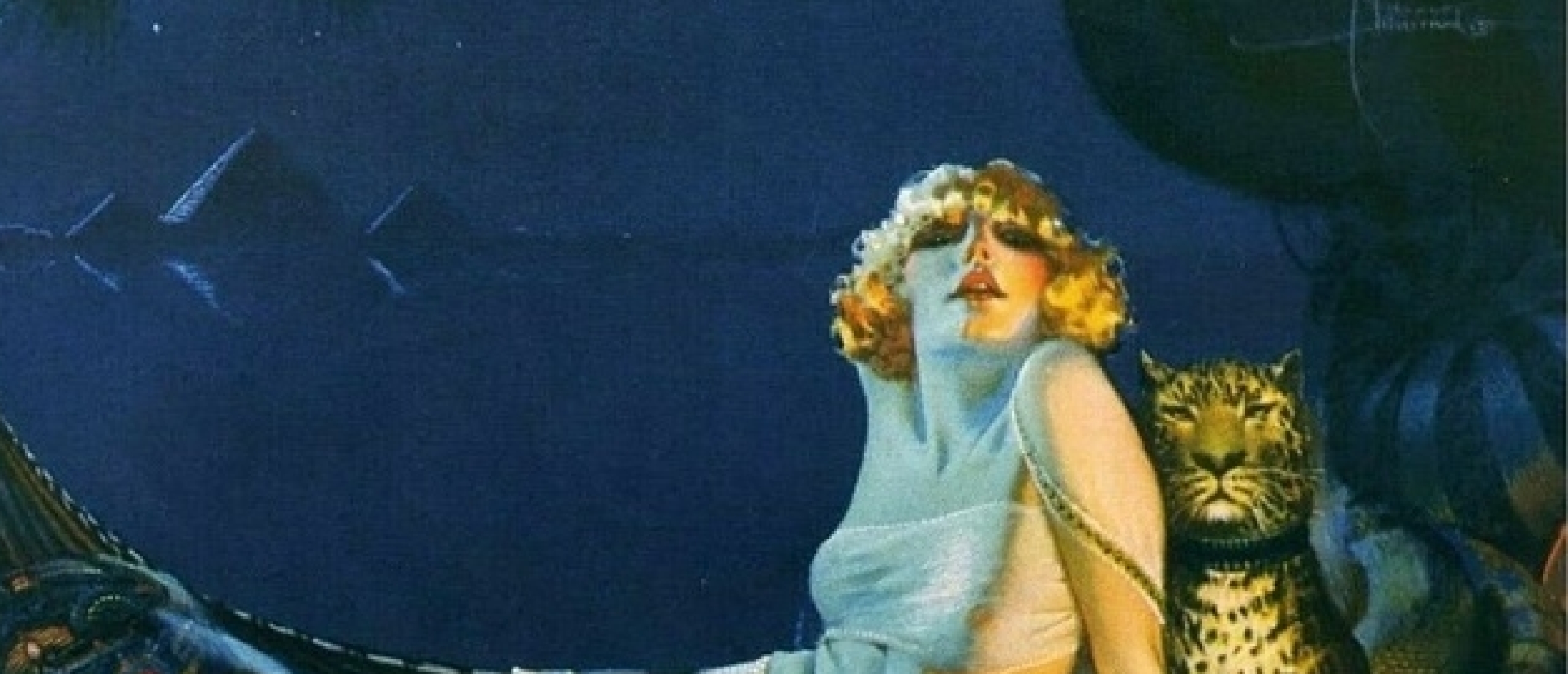
Rolf Armstrong is universally considered one of the greatest artists ever to work in the genre of pin-up art in the early 20th century.
Amateur Boxer
He was born in Michigan, 1889, the son of a tugboat captain, quit school after eighth grade to earn money as an amateur boxer and dockworker, and to sketch the nightlife of the gritty port city of Seattle.
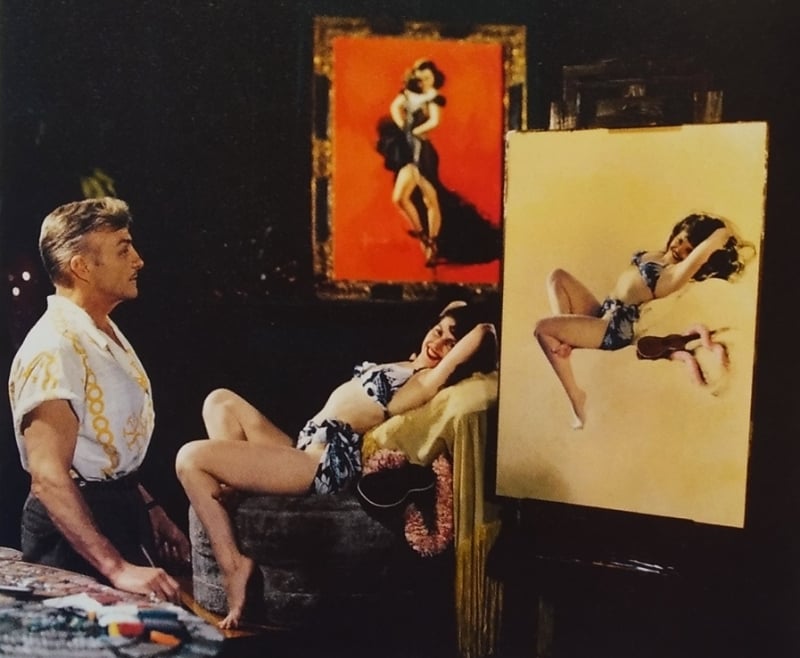
Fig.1. Rolf Armstrong and Jewel Flowers in a posed photograph showing his technique of working from life models. How Am I Doing? hangs in the background.
Uneasy With Commercial Art
At 18, he returned to the Midwest to attend the School of the Art Institute of Chicago (SAIC), There, he lived in a one-room apartment with, among others, Thomas Hart Benton. Though the school's purpose was to train working illustrators, Armstrong graduated uneasy with commercial art.
Prize Ring
A 1920 article describes the artist as "a young giant, massive shoulders towering above a slim waist wrapped in a Apache sash... [suggesting] the great woods of the Northwest — the prize ring." Armstrong explains the difference between him and common illustrators: "Some, with a rudimentary knowledge of the craft, have been able to juggle a few superficial tricks until they have produced a type of saccharine, feminine prettiness acceptable to the public. This they turn out with the mechanical regularity with which the celebrated Mr. Heinz produces his pickles — but without any of the "fifty-seven varieties.'"
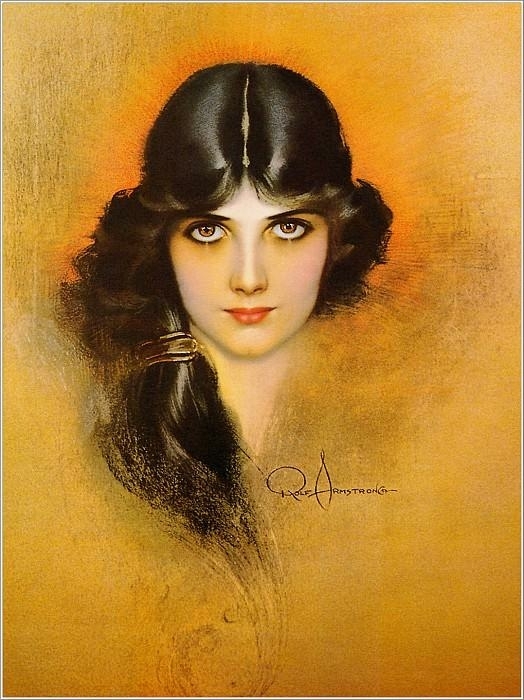
Fig.2. 'Dream Girl ' (1915), pastel on board. This was Armstrong's first calendar published by Brown and Bigelow, in 1919. The portrait was originally commissioned for American Magazine's September 1915 cover.
From Condoms to Root Beer
Armstrong's roundabout attack on the Gibson Girl school of illustration that predominated from 1900 to 1920 was followed by an explosion of sultry Armstrong girls on sheet music, magazine covers and in advertising, pushing everything from condoms to root beer. Armstrong's coy, mysterious flappers both reflected and influenced the seismic change in feminine ideals during the jazz age. He was one of the first artists to show American women sporting kohl-rimmed eyes, faux beauty marks, rouge and red lipstick — the signature look of flappers.
Bow-lipped Floating Heads
His illustrations of exotic, defiant girls were tacked up in dressing rooms by those attempting to perfect Armstrong's erotically forward, outrageously made-up new vision of femininity. So far-reaching was the influence of his heavy-lidded, bow-lipped floating heads and long-limbed, sinuous figures that Armstrong became known as the "father of American pin-up," achieving true celebrity in the 1920s.
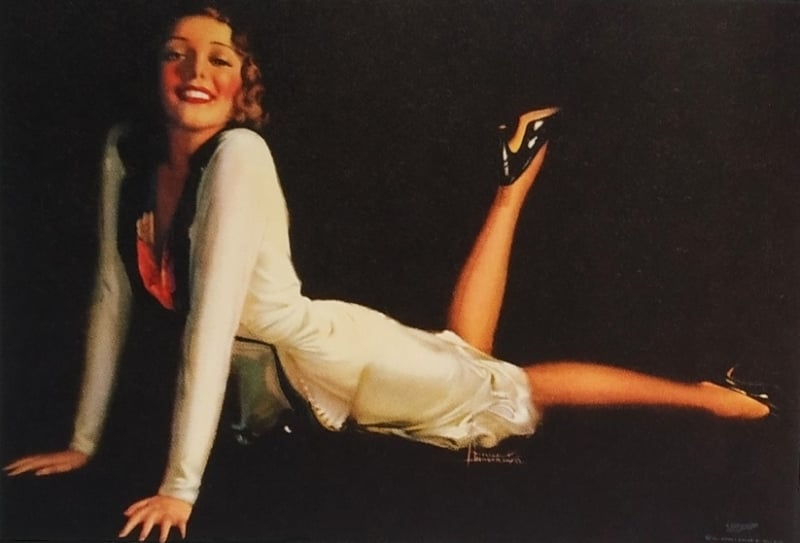
Fig.3. 'You'd Be Surprised ', lithograph for a 1932 Brown & Bigelow calendar
Hemingway With a Touch of Girlishness
No illustrator was more photographed than Rolf Armstrong, and the photos show a man who made himself into a work of art. His studio was a continual party populated by beautiful models, since he always worked from life. He loved to pose standing in profile with his oversized palette of pastels, his chest thrust out, his waist tightly cinched, a Hemingway with a touch of girlishness.
Stylish Flapper Wife
Ample records exist of his well-appointed studios, sailing trophies, cherished Duesenberg sportster, signature ascots and berets, well-muscled arms, and stylish flapper wife, Louise — who later left Rolf to marry his nephew, the character actor Robert Armstrong. Rolf took even that as a sophisticate: After a brief display of hurt feelings, he accepted his cuckoldry and the three remained "as one family."

Fig.4. 'Arabian Nights ' (1928)
Epic-Scaled Nude
But then, the marriage had been unconventional from the start. The couple didn't live together until several months after their 1919 wedding. Two years later, when Armstrong was just beginning to acquire a name as an illustrator, he suspended his contracts to take Louise on an extravagant yearlong trip to Paris.There he emulated the 19th century salon painters, creating an epic-scaled nude of his half-masked wife.
$30,000 a Year
Upon their return to the United States, he began designing and building a dream house on the shores of Long Island, pouring in endless time and money before its completion in 1931. For all his pretensions to pure art, the folly of his dream home turned Armstrong cutthroat in business dealings. He would alter small details on previously completed pastels to resell the images as new, earning additional income with little additional work. This, though he was making $1000 an image from Brown & Bigelow by the early 1930s, with a contract that guaranteed him the comparative fortune of $30,000 a year.
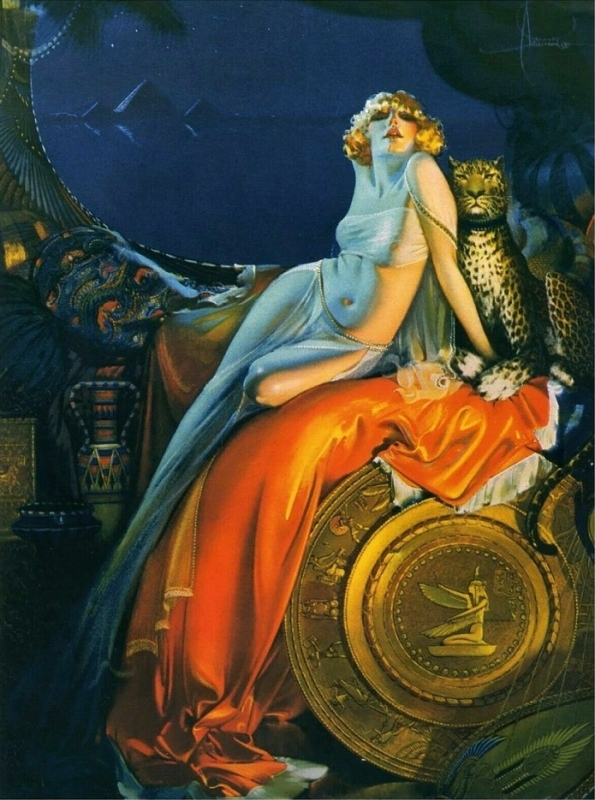
Fig.5. 'Cleopatra ' (1927)
Least Successful Period
By the mid-'30s, full-body pin-ups were supplanting Armstrong's signature floating heads that had reproduced so well on magazine covers and in advertising. He struggled to adapt. Some of his work in these years stands the test of time, but it was his least successful period.
Warning Sign
In 1936 he and Louise followed Robert Armstrong out to Los Angeles (which may have been a warning sign as to where his relationship was headed), after Robert went west to pursue acting. Armstrong staged one-man shows, marketing reproductions of what he considered his finest efforts, and befriended potential Hollywood portrait clients like Jimmy Cagney, while stlll working as Brown & Bigelow's top pin-up artist.
Howard Chandler Christy
When both his marriage and hoped-for career as a celebrity portraitist failed, Armstrong returned to New York, setting up shop in the Hotel des Artistes, home to that other great Gibson successor, Howard Chandler Christy.
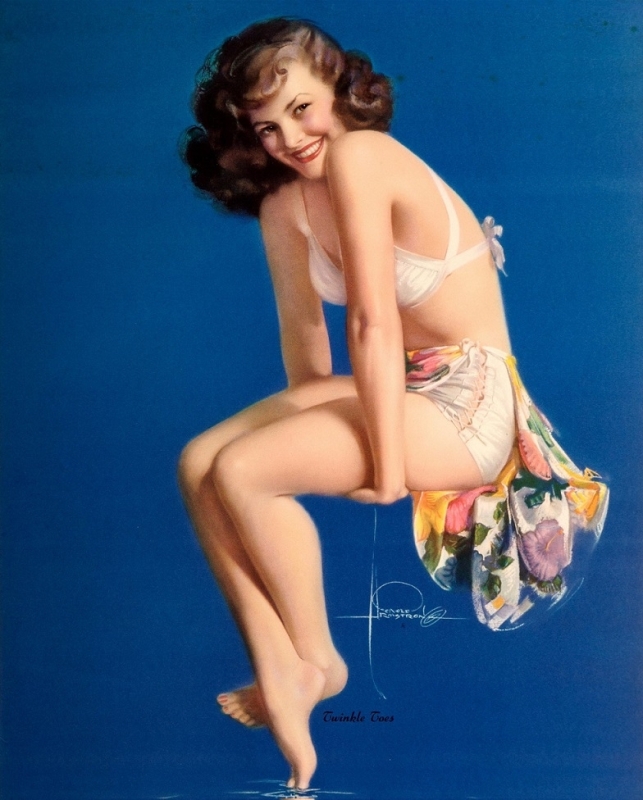
Fig.6. 'Twinkle toes ', pastel on board, 1948, for a 1950 Brown & Bigelow calendar. Modeled by Jewel Flowers, 38 x 28.5 inches.
Quintessential Muse
Once ensconced, Armstrong advertised in the New York Times for an artist's model. Small- town beauty queen Jewel Flowers answered his ad, and became his quintessential muse. Brown & Bigelow had created a cult of personality around many of Armstrong's previous models, but Jewel was the first to surpass the artist in popularity. A tiny spitfire with an improbably wide smile and dramatic curves — plus that precious name — Flowers proved the perfect pin-up girl for war-torn America. Though early depictions lengthened her legs and played down her curves to give Jewel the streamlined look Armstrong favored, her personality overrode his vision, and he soon realized that her fans preferred a faithful reproduction.
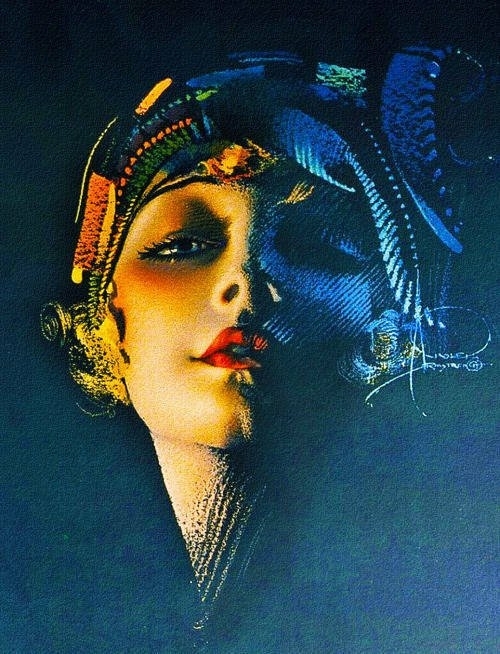
Fig.7. 'Dream Girl ' (1927)
Provocative Association
Jewel was introduced as a living pin-up at the 1943 War Advertising Conference. There, standing 4-foot-10 in her Yankee Doodle girl outfit beside Rolf and his over-the-top patriotic pastel, few noticed the artist, flamboyant as he was. After that, Brown & Bigelow began using Flowers' photos to promote her pin-ups, and her provocative association with Armstrong.
Lovestruck Letters
Her calendars sold well, and servicemen were were soon writing her lovestruck letters. Working with Jewel turned Armstrong, the self-styled, sophisticate, into a chronicler of wholesome girlhood. Gone was the penetrating stare of the challenging, independent modern woman. In her place, Armstrong developed a personal obsession with depicting Jewel as a cowgirl (Fig.8), as intense and inscrutable as George Petty's fixation on ballet shoes.
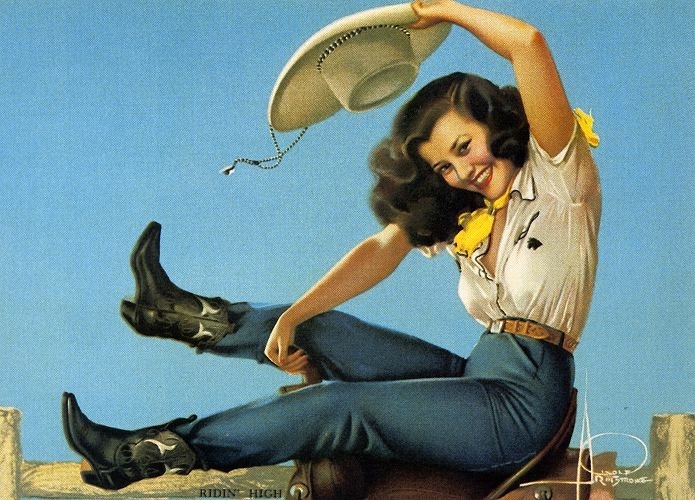
Fig.8. 'Riding High' (1941) (Image source: thepinupfiles.com)
Occasional Escort
Armstrong and Flowers worked together for over 15 years — far longer than the careers of most artists' models — and during those years she became his surrogate daughter, secretary and occasional escort. When Armstrong moved to Hawaii in the 1950s to enjoy semi-retirement he campaigned for Jewel to relocate with her husband and young son, just to keep her close. And upon Armstrong's death in 1960, it was Jewel and Louise who shared the duty of disposing of his estate, and of keeping the memory of the father of American pin-up alive.
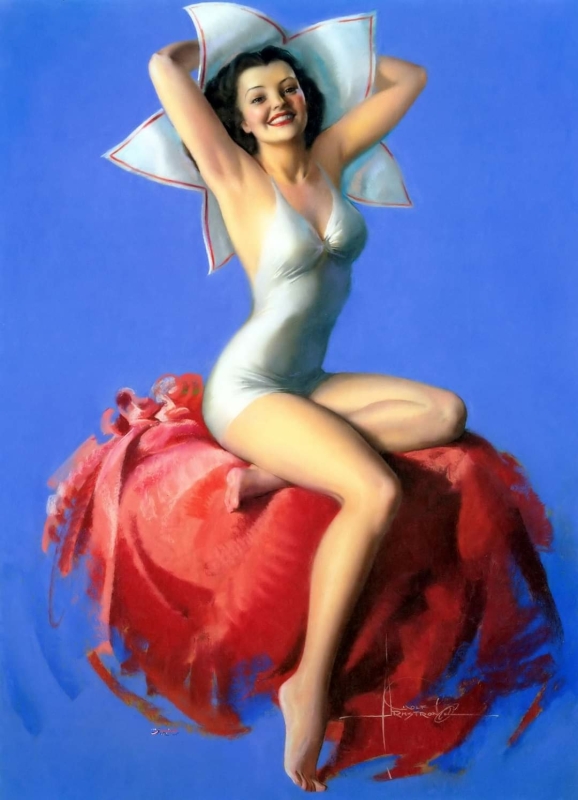
Fig.9. Pastel on board by Jewel Flowers, circa 1945.

Fig.10. 'The Crinoline Girl ' pastel on board, 1939, is a rare partial nude by Armstrong. 30 x 40 inches.
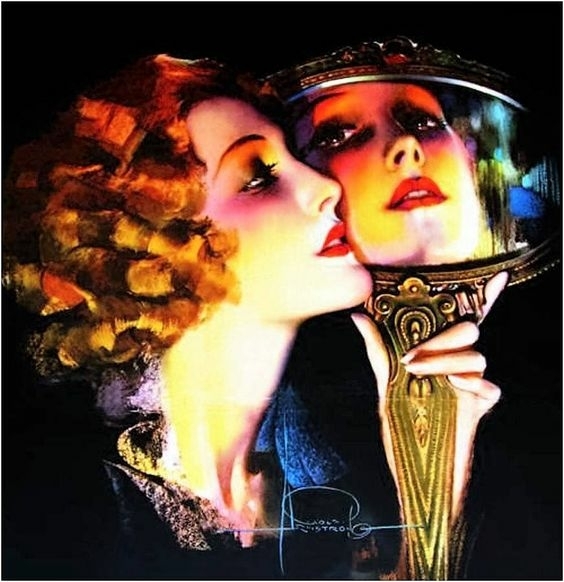
Fig.11. 'The Love Light ' (1935)
In the Premium edition of this article fascinating background on Armstrong's masterpieces The Enchantress, Song of India, the artist's favorite and most popular pastel, many additional images, and much more
Click HERE for the aviation pin ups of the French visual artist Romain Hugault
Sources: The Art of Pin-Up by Dian Hanson, twitter.com, pinterest.com
Who is your favorite pin-up artist? Leave your reaction in the comment box below...!!

